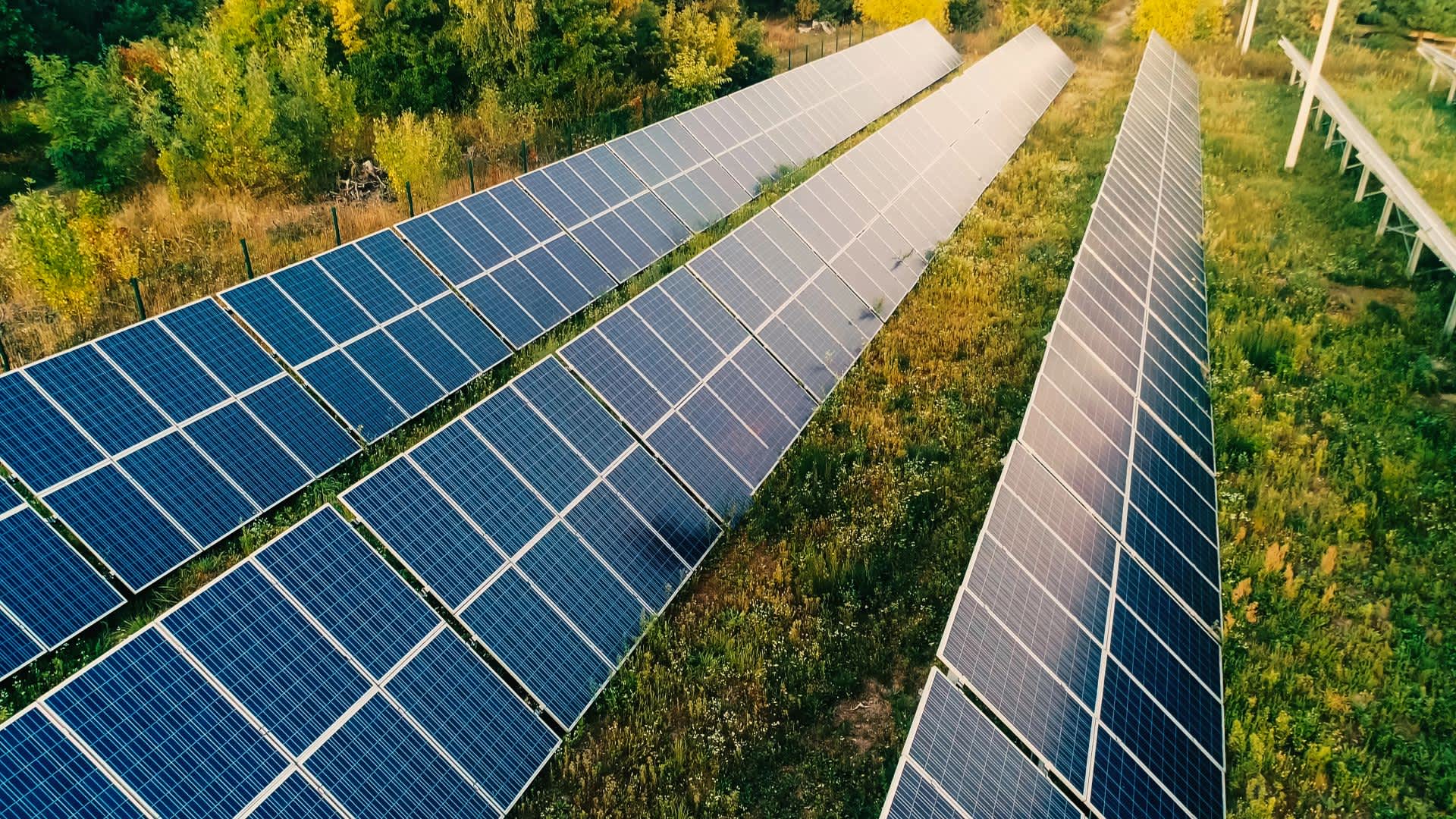Breakthrough! Swiss Scientists Develop Infrared Tech to Revolutionize Solar Panel Efficiency

Swiss Innovation Poised to Transform Solar Energy: A team of scientists at EPFL (École Polytechnique Fédérale de Lausanne) in Switzerland has achieved a significant breakthrough that could dramatically improve the efficiency and longevity of next-generation solar panels. Their research, recently published, focuses on addressing a critical issue that has previously hindered the widespread adoption of perovskite solar cells – their instability in real-world conditions.
The Perovskite Promise & The Challenge: Perovskite solar cells have garnered immense attention in recent years due to their remarkable potential for high efficiency and low manufacturing costs compared to traditional silicon-based panels. However, these cells are notoriously susceptible to degradation from moisture, heat, and ultraviolet (UV) light, significantly shortening their lifespan and limiting their practical application.
Infrared Technology to the Rescue: The EPFL team's innovative solution involves the incorporation of a novel infrared (IR) reflective layer within the perovskite solar cell structure. This layer effectively shields the perovskite material from damaging infrared radiation, a major contributor to degradation. The beauty of this approach lies in its simplicity and compatibility with existing manufacturing processes, making it highly scalable for industrial production.
Beyond the Lab: Real-World Performance: Crucially, the researchers didn't just demonstrate improvements in a controlled laboratory setting. Extensive testing under simulated real-world conditions – including exposure to high temperatures and humidity – revealed a marked increase in the stability and performance of the IR-enhanced perovskite solar cells. This is a pivotal development, as it signifies that the technology is not just promising in the lab but also holds genuine potential for widespread commercial deployment.
Key Findings & Future Implications: The study found that the IR reflective layer significantly slowed down the degradation process, extending the operational lifespan of the perovskite cells. The researchers believe this technology can be further optimized and integrated with other stability-enhancing techniques to create even more durable and efficient solar panels. This breakthrough paves the way for a new generation of affordable and sustainable solar energy solutions, contributing to a cleaner and more secure energy future for the Philippines and the world.
What this means for the Philippines: The Philippines, with its abundant sunshine, could greatly benefit from more efficient and affordable solar energy. This technology has the potential to accelerate the adoption of solar power across the archipelago, reducing reliance on fossil fuels and promoting energy independence. The lower costs associated with perovskite solar cells, combined with improved durability, could make solar energy accessible to a wider range of Filipino households and businesses.
Looking Ahead: The EPFL team is now focusing on further refining the IR reflective layer and exploring its integration with other advanced materials to push the boundaries of perovskite solar cell performance even further. This research represents a significant step towards realizing the full potential of perovskite solar cells and ushering in a new era of clean and sustainable energy.






